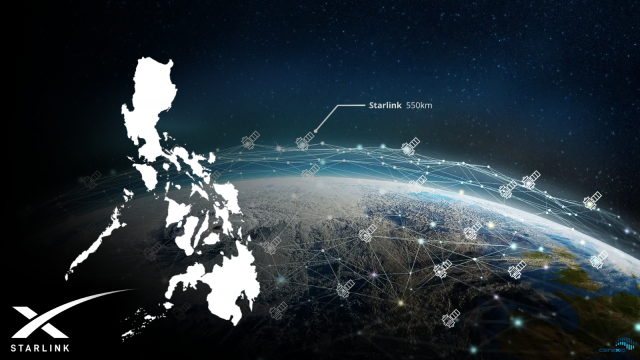Starlink is the Philippine government’s hope for providing internet access to the country’s far-flung areas. With the COVID-19 pandemic causing disruptions across the globe, internet access has become more critical than ever before. Remote work, online learning, and telemedicine have become the new norm, and without reliable internet access, people are left out in the cold. In the Philippines, there are many remote areas where internet access is either slow or non-existent, which is why Starlink has become a beacon of hope.
What is Starlink?
Starlink is a satellite-based internet service provider founded by SpaceX, the private space exploration company owned by Elon Musk. The company aims to provide high-speed, low-latency internet access to users anywhere on the planet, even in remote areas.

Starlink’s network is made up of thousands of small satellites in low-Earth orbit, which communicate with ground-based transceivers to provide internet access. The service is still in its beta phase, but it has already shown great promise, with users reporting speeds of up to 200 Mbps.
Why is Starlink Important for the Philippines?
The Philippines is an archipelago made up of over 7,000 islands, many of which are remote and difficult to access. These areas are often underserved when it comes to essential services like healthcare, education, and telecommunications. Starlink has the potential to change this by providing high-speed internet access to even the most remote areas of the country. This would allow people in these areas to access vital services like telemedicine, online learning, and remote work, which could help bridge the gap between urban and rural areas.

In addition to providing internet access to remote areas, Starlink could also help improve the country’s existing telecommunications infrastructure. The Philippines currently ranks low in terms of internet speed and affordability, with many users experiencing slow and unreliable connections. Starlink’s high-speed, low-latency internet could help improve the quality of service for users across the country, making it a viable alternative to traditional internet service providers.
The Role of the Philippine Government
The Philippine government has recognized the importance of internet access in the country and has taken steps to improve connectivity in recent years. In 2019, the government launched the National Broadband Program, which aims to provide high-speed internet access to all Filipinos by 2022. The program includes the deployment of fiber-optic cables and the establishment of free public Wi-Fi hotspots in key areas across the country.

However, the program’s implementation has been slow, and many remote areas are still underserved. Starlink could help fill this gap by providing internet access to areas that are difficult to reach through traditional means. The government could work with Starlink to identify areas that could benefit from the service and provide support in terms of infrastructure and funding.
Read: NTC OKs registration of Elon Musk’s Starlink
The Future of Starlink in the Philippines
Since Starlink has become available in the Philippines, it has become an increasingly popular choice for individuals and businesses in remote areas that were previously underserved by traditional internet providers.
The service has received positive feedback for its reliability and speed, and it has the potential to play a significant role in bridging the digital divide in the country. With more and more people gaining access to high-speed internet through Starlink, it’s clear that the service has a bright future in the Philippines.

Conclusion
Starlink is the Philippine government’s hope for providing internet access to the country’s far-flung areas. The service has the potential to improve connectivity in the country, bridge the gap between urban and rural areas, and provide vital services like telemedicine and online learning to remote communities. The government’s support for the service could help accelerate its deployment in the country, ensuring that even the most underserved areas have access to reliable internet service.


